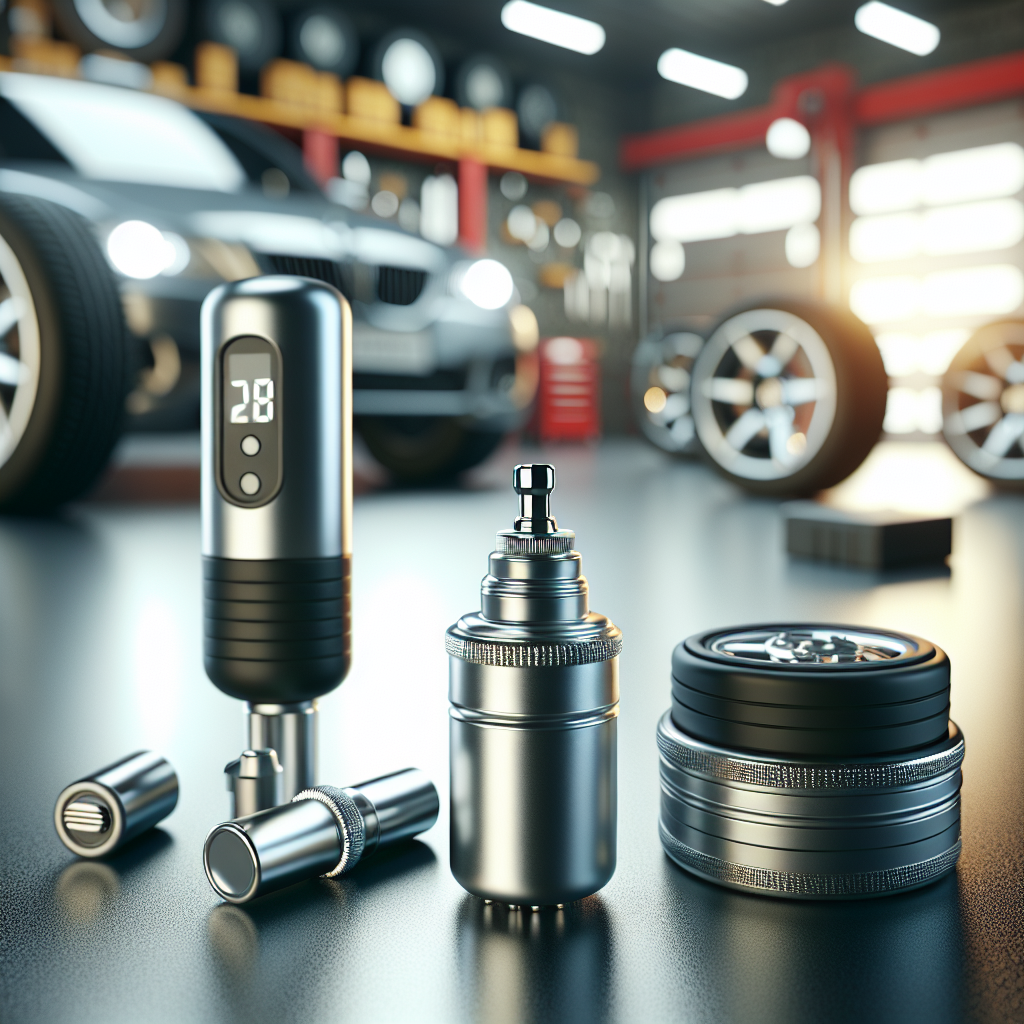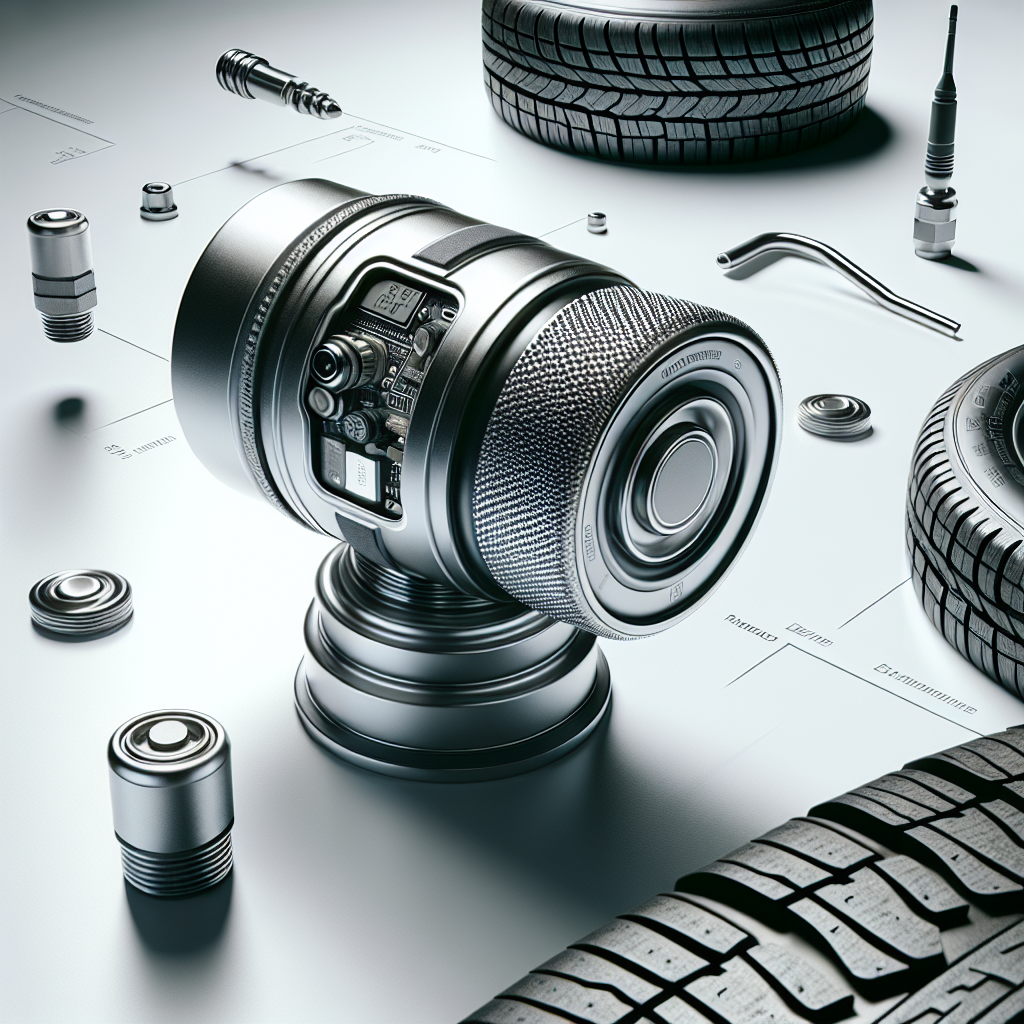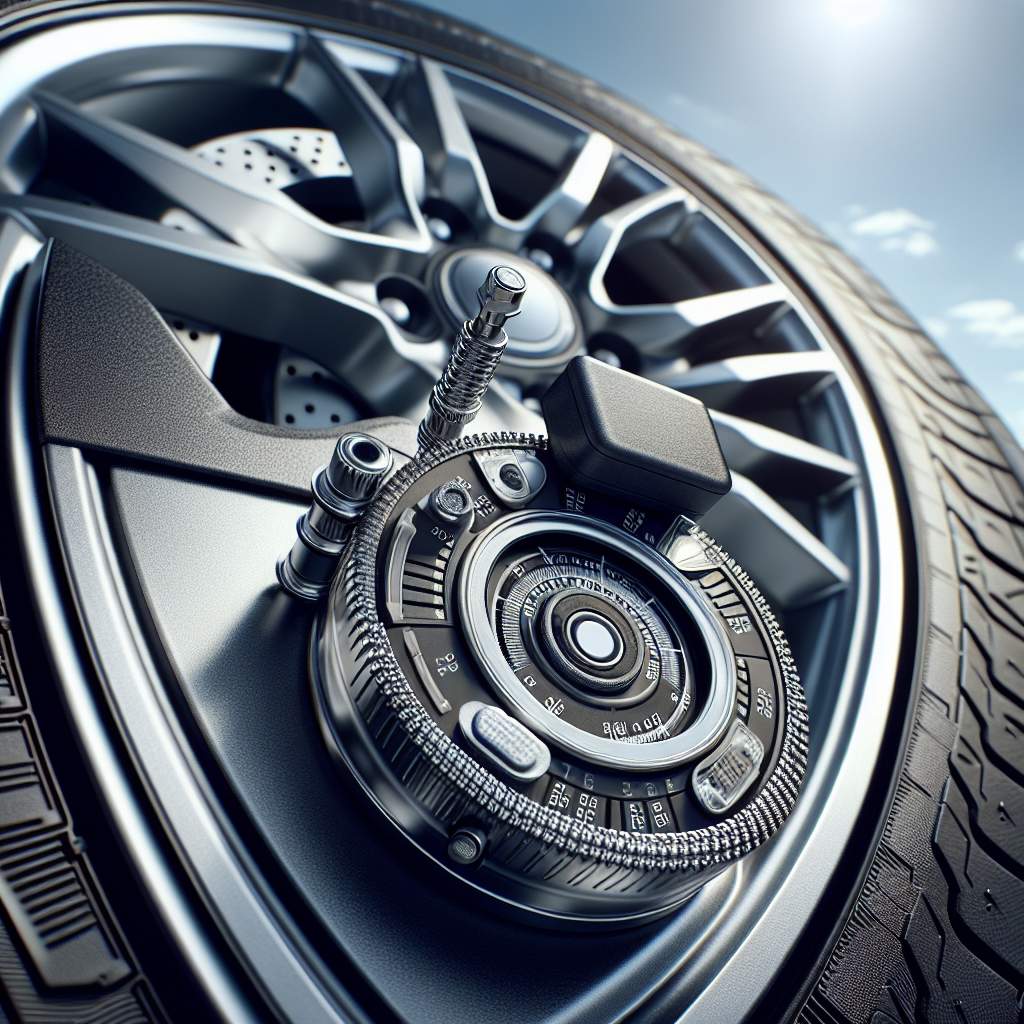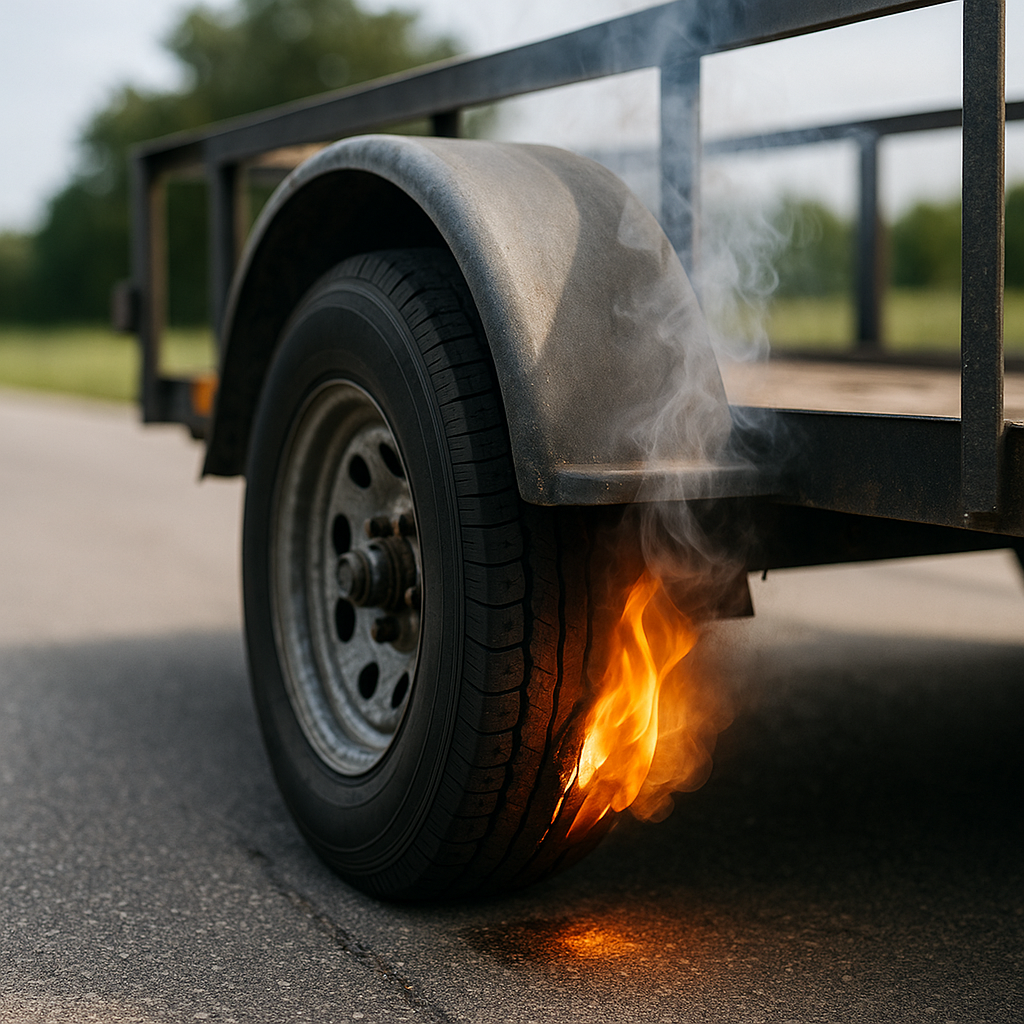Tire pressure sensors play a critical role in modern vehicle safety and performance. These sensors are designed to monitor the air pressure within your tires, providing real-time data that can help prevent dangerous situations. Understanding how tire pressure sensors work is essential for any driver who wants to ensure their safety on the road.
These sensors typically consist of a pressure transducer, a battery, and a radio transmitter. The transducer measures the air pressure inside the tire and sends the information to the vehicle's onboard computer system. If the pressure drops below a certain threshold, the system triggers a warning light on the dashboard, alerting the driver to check the tire. This proactive approach is vital in preventing tire blowouts, which can lead to catastrophic accidents.
Moreover, tire pressure sensors also contribute to enhancing vehicle performance. Properly inflated tires improve fuel efficiency, handling, and overall stability of the vehicle. This means not only safer driving experiences but also cost savings over time due to reduced fuel consumption.
For those who tow trailers, integrating tire pressure sensors is even more important. An overlooked tire can lead to disastrous consequences while on the road. Tow with peace of mind, knowing that trailerwatchdog is standing guard. Explore how our monitoring system can transform your trailer into a smart trailer equipped with advanced technology for safety and performance.
Understanding the Technology Behind Sensors

The technology behind tire pressure sensors is a fascinating blend of engineering and innovation. At the core of these devices is a pressure transducer, which is responsible for measuring the air pressure within the tire. This component converts the physical pressure into an electrical signal that can be interpreted by the vehicle's onboard computer system.
Most tire pressure sensors utilize a MEMS (Micro-Electro-Mechanical Systems) design, which allows for compact and efficient sensing capabilities. The MEMS technology enables the sensor to be both lightweight and precise, ensuring that even small fluctuations in tire pressure are detected. This is crucial for maintaining optimal tire performance and safety.
Once the pressure is measured, the data is transmitted wirelessly to the vehicle's dashboard or monitoring system via a radio frequency signal. This wireless communication is typically facilitated by Bluetooth or other short-range transmission technologies, allowing drivers to receive real-time updates without any physical connections.
Furthermore, many modern sensors are equipped with temperature monitoring capabilities, providing a more comprehensive view of tire conditions. By analyzing both pressure and temperature, drivers can proactively address potential issues before they escalate into serious problems. This integration of pressure and temperature data is a key advancement in ensuring safer driving experiences.
How Tire Pressure Sensors Monitor Pressure
Tire pressure sensors play a vital role in ensuring vehicle safety by constantly monitoring the air pressure within each tire. This monitoring process begins when the vehicle is in motion, and the sensors actively measure the pressure at regular intervals. When a tire is properly inflated, the sensor captures a stable pressure reading, which is then transmitted to the vehicle's central system.
Each tire pressure sensor is equipped with a battery that powers the device and allows it to function independently. The sensor's microprocessor continually analyzes the pressure data. If the pressure falls below a predetermined threshold—indicating a potential under-inflation—the sensor triggers an alert. This alert can take the form of a visual warning on the dashboard or an audible signal, notifying the driver that immediate attention is required.
To ensure accurate readings, most tire pressure sensors utilize a self-calibration feature. This function allows the sensors to adjust their readings based on environmental factors such as temperature changes. For instance, as tires heat up during driving, the air inside expands, which can temporarily affect pressure readings. The self-calibration mechanism helps maintain accuracy in these varying conditions.
Moreover, sensors are designed to monitor not only the current pressure but also to log historical data. This functionality enables drivers to track pressure trends over time, providing insights into tire wear and potential maintenance needs. By harnessing this data, drivers can make informed decisions about tire care, significantly enhancing overall vehicle performance and safety.
Benefits of Using Tire Pressure Sensors

Utilizing tire pressure sensors in vehicles offers a multitude of benefits that significantly enhance safety and performance on the road. One of the most crucial advantages is the prevention of tire blowouts, which can lead to catastrophic accidents. By enabling real-time monitoring, these sensors alert drivers to low tire pressure before it becomes a serious issue, allowing for timely intervention.
In addition to safety, tire pressure sensors contribute to improved fuel efficiency. Properly inflated tires reduce rolling resistance, leading to lower fuel consumption. According to studies, maintaining optimal tire pressure can improve fuel economy by up to 3%, translating to significant savings over time.
Another noteworthy benefit is the enhancement of tire lifespan. Consistent monitoring helps in identifying issues such as slow leaks or uneven wear patterns. By addressing these problems promptly, drivers can extend the life of their tires, reducing the frequency of replacements and associated costs.
Furthermore, tire pressure sensors also contribute to better vehicle handling. Proper tire pressure ensures that vehicles maintain optimal traction and stability, especially during adverse weather conditions. This aspect is crucial for maintaining control, particularly in emergency situations.
Lastly, the integration of tire pressure sensors promotes a more eco-friendly driving experience. By ensuring that tires are always at the desired pressure, emissions can be reduced, contributing positively to the environment. Overall, the benefits of using tire pressure sensors extend far beyond mere convenience—they are essential for a safe, efficient, and sustainable driving experience.
Common Issues with Tire Pressure Sensors

While tire pressure sensors are invaluable for maintaining vehicle safety and performance, they are not without their challenges. Understanding these common issues can help drivers effectively manage their tire monitoring systems.
One prevalent issue is sensor malfunction, which can occur due to various reasons, including battery failure or damage from road debris. When sensors fail, they may provide inaccurate readings or fail to signal low tire pressure entirely, potentially leading to dangerous situations.
Another common problem is incorrect calibration. New tire pressure sensors often require calibration to ensure they provide accurate data. If the calibration process is overlooked, users may receive misleading information about their tire pressure levels.
Additionally, tire pressure sensors can be affected by temperature fluctuations. Since tire pressure is highly sensitive to temperature changes, sensors may report inaccurate readings during extreme weather conditions. For instance, a drop in temperature can lead to reduced tire pressure, which may trigger warning lights even if the tires were properly inflated.
Moreover, sensor compatibility can be an issue, especially when replacing tires or upgrading vehicles. Not all sensors are universally compatible, which can lead to confusion and potential installation challenges. Drivers should ensure that any replacement sensors are compatible with their vehicle’s make and model.
Lastly, regular maintenance is key to avoiding many of these problems. Drivers should routinely check their tire pressure and ensure that sensors are functioning correctly. Being proactive can significantly reduce the risk of encountering issues with tire pressure sensors, ultimately ensuring a safer driving experience.
Conclusion: Enhancing Safety with Sensors

In today’s fast-paced world, ensuring safety on the road is more critical than ever. The integration of tire pressure sensors plays a vital role in enhancing vehicle safety and performance. By providing real-time data regarding tire pressure, these sensors help prevent tire blowouts and maintain optimal vehicle handling.
Moreover, the advanced technology behind tire pressure monitoring systems (TPMS) allows for early detection of potential issues, enabling drivers to address problems before they escalate into serious hazards. Regularly monitoring tire pressure not only contributes to safety but can also enhance fuel efficiency and prolong tire life, making it a smart choice for any driver.
As we have discussed, understanding how tire pressure sensors work and being aware of common issues can empower drivers to take proactive measures in maintaining their vehicles. Awareness of sensor functionality and regular checks can significantly mitigate the risks associated with tire-related failures.
To ensure a comprehensive approach to trailer safety, consider integrating additional monitoring systems that track axle temperatures and other critical metrics. Tow with peace of mind, knowing that trailerwatchdog is standing guard, enhancing your safety and peace of mind on every journey.








